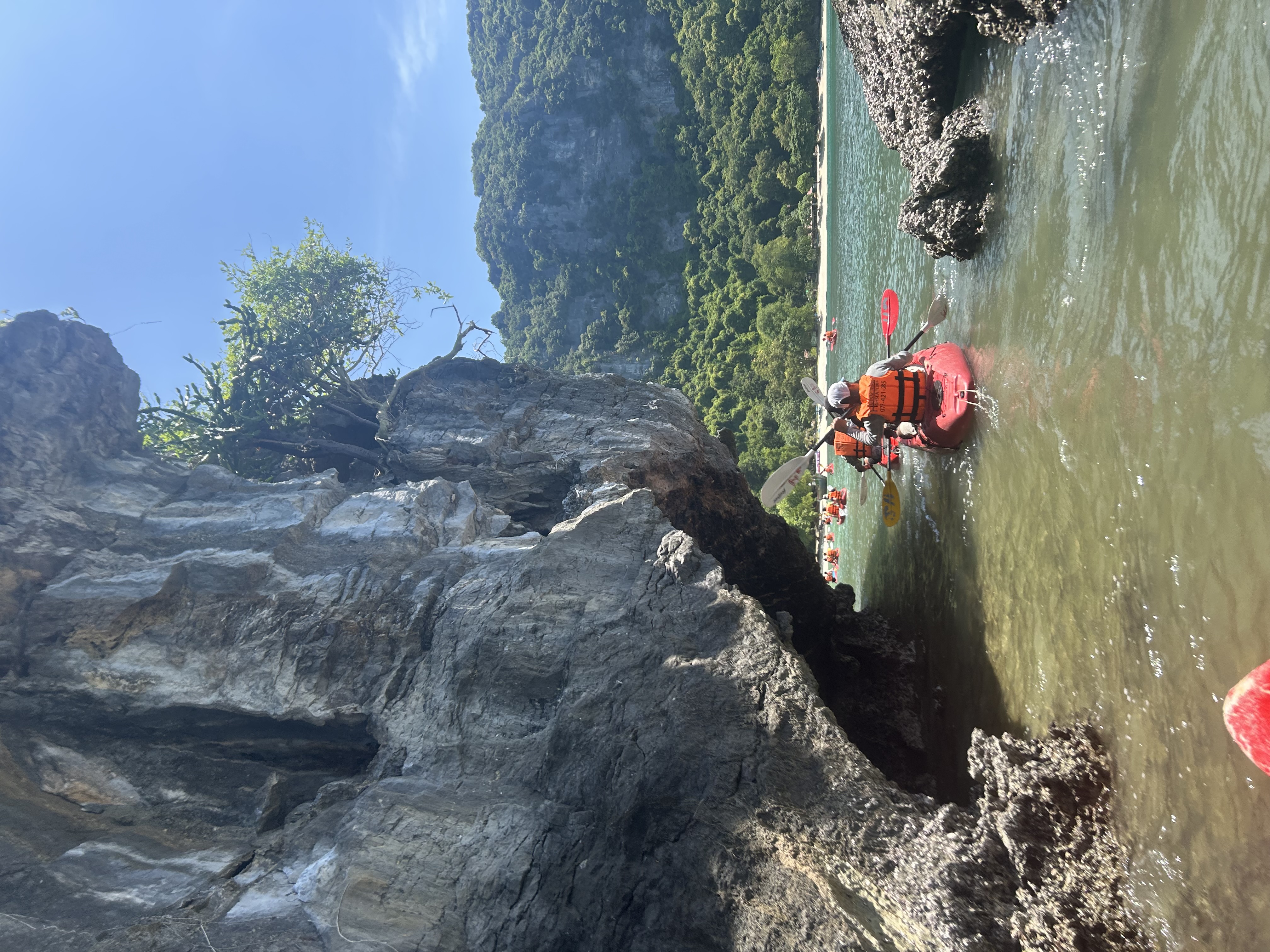6 markers
Cards (5)
- Fractional distillation
- The column is hotter near the bottom and cooler near the top
- Crude oil is heated
- Hydrocarbons evaporate (liquid → gas)
- Hydrocarbons condense at different points
- Short hydrocarbons have low boiling points and condense near the top
- Long hydrocarbons have high boiling points and condense near the bottom
- Bitumen longest hydrocarbon remains liquid and comes out of the bottom
- Catalytic Cracking
- Hydrocarbon are heated and vaporized
- Powdered aluminium oxide catalyst is heated
- Hydrocarbon vapors are passed over the catalyst
- Long hydrocarbons chains break down into smaller chains
- Break down using heat = thermal decomposition
- Short hydrocarbon chains are released and collected
- Rate of reaction - volume of gas practical
- Place reactants in conical flask (HCl + Mg) and close with bung
- Attach gas syringe (fully pushed in so there are no gas leaks)
- Measure volume of gas produced over a given time (e.g. 2 mins)
- Plot gas produced (cm?) against time (s) on a graph
- Reaction is complete from time when no more gas is produced
- Repeat with different variables and compare rates
- Rate of reaction - disappearing cross practical
- Mix reactant solutions into a flask placed over a white tile with a cross
- Start stopwatch and keep an eye on the cross as precipitate forms
- Stop stopwatch and record time taken for cross to disappear
- Repeat experiment for different concentrations of HCI
- Plot graph of time taken vs different concentrations of HCI
6. At higher concentrations, less time taken for reaction to complete - Haber process - compromise conditions
- The forward reaction is exothermic, so low temperatures increase yield of ammonia.
- However, low temperatures slow the rate
- A compromise temperature of 450 °C is used to give a reasonable yield and rate.
- The forward reaction produces fewer gas molecules
- Higher pressure favours forward reaction yield
- Too much pressure is costly and dangerous for equipment
- A compromise pressure of 200 atm is chosen to balance yield, rate, and safety.
